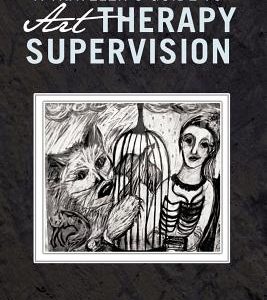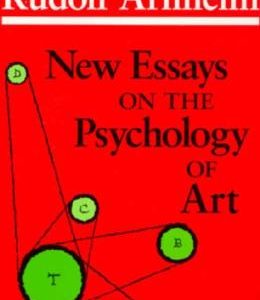How to Analyze People: The Practical Guide to Deciphring Body Language and Non-Verbal Communication
$11.69
Description
How To Analyze People – The Secrets Will Be Revealed!
Do you want better results in your life? Are you looking to not only communicate better and with more confidence, but also be able to read what people really think and feel about you?
- The key elements to effective communication
- The importance of effective communication
- Why the spoken word is only a small part of the story you are telling
- Body language and its importance
- Why understanding ‘habits’ is an important element to effectively reading others
- An understanding of personality types
- Other types of non-verbal communication
- Boost Your Charisma
- Learn how to become a true leader
- And, much more…
Take Action Today and Learn How To Analyze Anybody Instantly! Click the “Buy now with 1-Click” to the right and get this short guide immediately.
Author: Francis, Byron
Topic: Psychology
Media: Book
ISBN: 1535355824
Language: English
Pages: 60
Additional information
| Weight | 0.21 lbs |
|---|---|
| Dimensions | 9.02 × 5.98 × 0.12 in |















Reviews
There are no reviews yet.